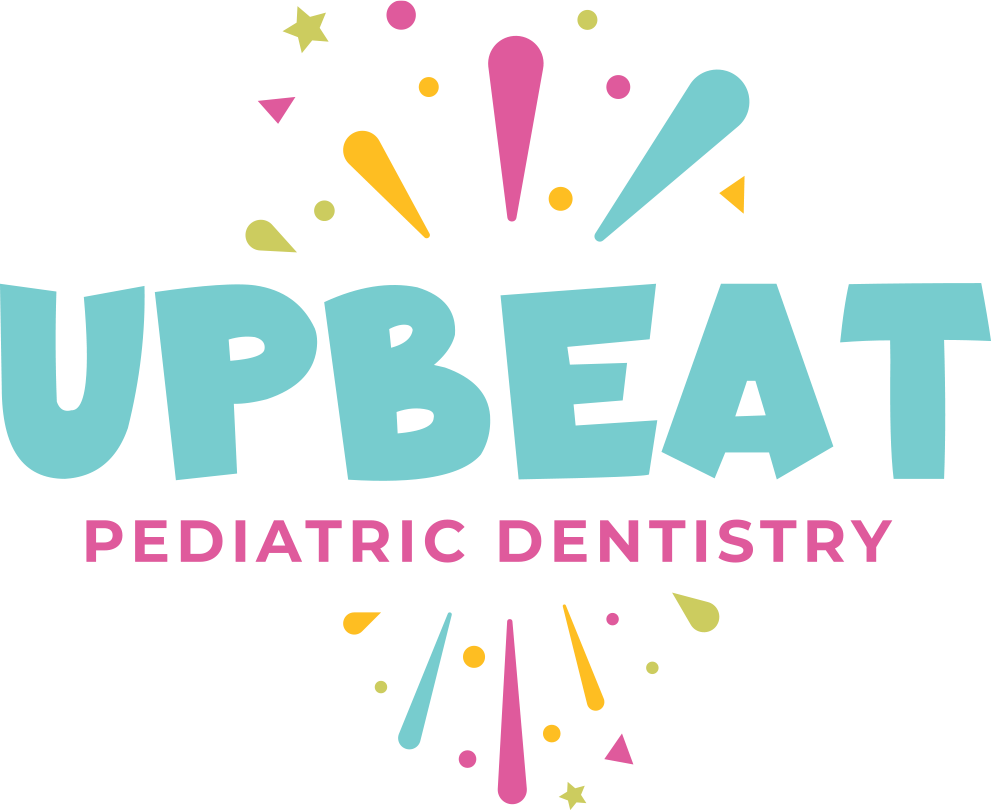Frequently Asked Questions
Prevention
Preventive dental care is important throughout life, especially at a young age. By practicing good oral hygiene at home and scheduling regular checkups with the dentist, your child can help keep a bright and healthy smile for many years to come. The American Academy of Pediatric Dentistry (AAPD) and The American Dental Association (ADA) recommend establishing a dental home by the age of one.
Preventive appointments are encouraged every six months to prevent tooth decay and gum inflammation. Preventive appointments may include dental cleaning, radiographs (x-rays), dental exam, fluoride treatment, oral hygiene instructions and sealants.
When should oral hygiene start?
Oral hygiene should start before teething, cleaning should be accomplished by wiping the baby’s gum and mouth with a clean, wet gauze pad or washcloth after feeding (breast or bottle) and especially before sleep.
How to brush?
Use a soft child-sized toothbrush to brush in a gentle, back-and-forth direction every side of the teeth. Brush two times per day (after breakfast and before bedtime) with a soft-bristled toothbrush. Use fluoride toothpaste to remove food particles and plaque from the tooth surfaces. Don’t forget to brush the top surface of her tongue; this will remove any extra plaque-causing food particles and help keep her breath fresh!
Avoid eating or drinking right after brushing. The toothbrush should be replaced when the bristles begin to wear. Establish a routine such as the use of the same positioning, timing and location for daily oral hygiene. Children respond better to routines. For young child, you may use a blanket wrap or have a second person to hold hands and feet if the child is uncooperative to brush their teeth. Tell and show them what you are doing while you are brushing, it may help to make them more comfortable and cooperative. Also, good behavior should be reinforced. The dentist can watch the teeth grow and give more specialized instruction in daily oral hygiene.

Fluoride
Fluoride helps to prevent decay and make teeth strong. To help with caries prevention, the recommended amount of fluoride for your child will be discussed during at the time of the comprehensive exam.
Floss
Floss once a day between the teeth and below the gumline if teeth are touching each other. The bristles of the toothbrush cannot reach these areas. Flossers and floss holders may be helpful.
Breastfeeding, Bottles & Sippy cups
Every infants and young children have different needs to achieve their goals during childhood. At Upbeat Pediatric Dentistry, we will discuss individually about breastfeeding, bottle, sippy cups and its recommendations. Avoid sweet drinks or juice and encourage your child to drink water.
Diet
All children need an adequate amount of food/calories for energy and growth. A balanced diet is important, so limit the consumption of sweets. Avoid foods and drinks high in sugars which can increase the risk of decay, this includes juices, sodas, crackers and chips. Avoid frequent snacking. Make sure your child eats a balanced diet. Nutritious foods such as raw vegetables, plain yogurt, cheese, or fruit can help keep your child’s smile healthy.
Cavity
Cavity can begin as soon as the first tooth come in the baby’s mouth. The cause of caries is a combination of bacteria and sugars present in food and drinks. The bacteria use this sugar to produce an acid, causing tooth decay. If left untreated, decay can cause pain, infection and destroy their teeth.
Sports and mouthguard
If your child plays sports, be sure to ask your pediatric dentist about special mouthguards designed to protect your child’s smile, since injuries can occur. A properly fitted mouth guard helps to prevent broken teeth, and injuries to the lips, tongue, face or jaw.
Sealants
Sealants is a protective coating applied to the chewing surface of the primary and permanent molars. Dee grooves are hard to reach and clean with a toothbrush, the sealant will act as a barrier protecting the teeth against decay.

